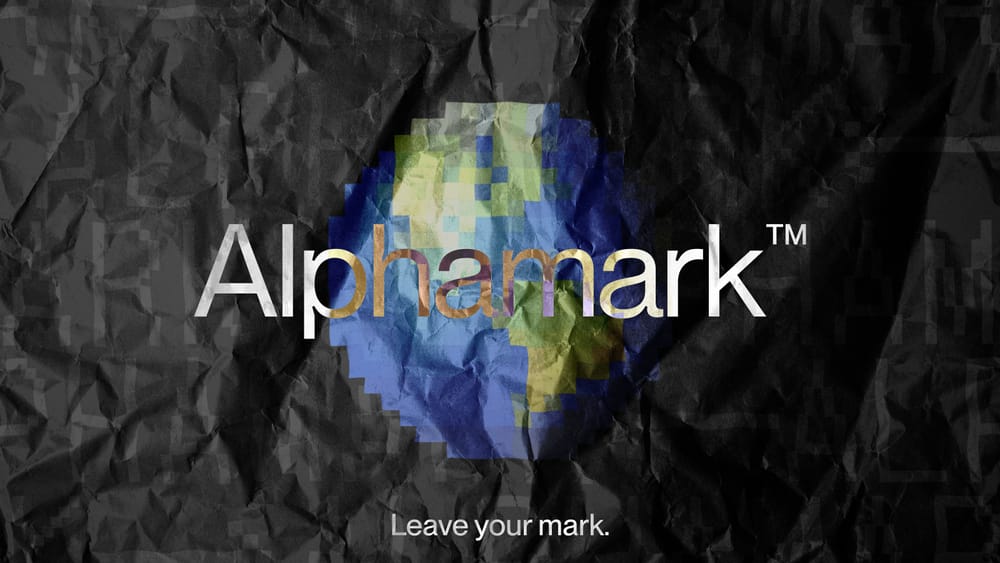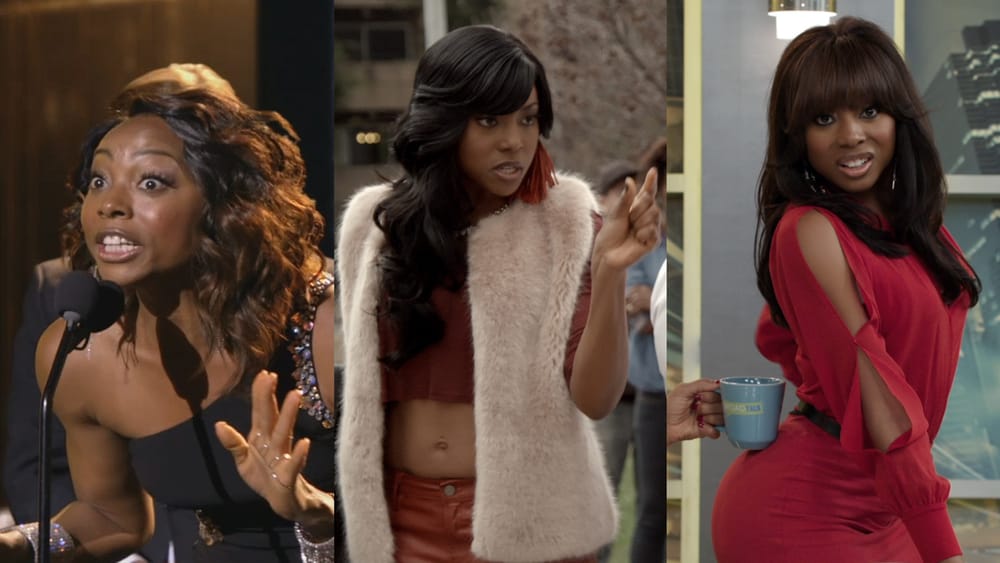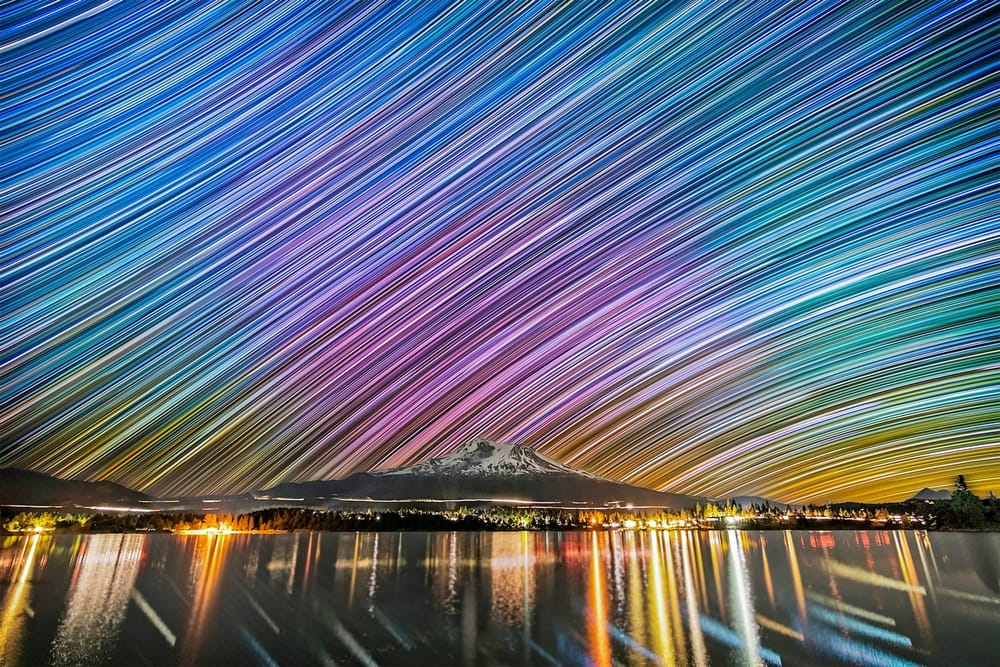Somewhere along the way, photography became just a necessary task. What I've been doing was still technically photography, but I started referring to it as acquisition instead. This nomenclature emphasizes shooting assets for production—or to put it frankly, to get what we need on-set to make things in post. Everything I capture, shoot and measure, as a visual effects supervisor, is always done through the lens of post-production (pun intended). That means my camera gear has been thoughtfully purchased mainly as an acquisition tool. When I become a visual effects professional, I stopped shooting photography for fun.
Technically Correct Photography
The irony is that I probably comprehend photography at a deeper [technical] level than I give myself credit for. In fact, it's one of the most common notes I give during dailies as a CD/Supe for commercial work. Let's get this output on a wider lens…blur the rgb split so we smear the aberration…match the oval bokeh of the anamorphic plate…stop down so the exterior isn't clipping, etc. But all this photography-talk is technical/theoretical—the cg environment isn't even real. And so photography, for me, became less real. Photography became more like math and less like cuisine.

Photography became more like math and less like cuisine.
During Covid, I gave away most of my camera gear, including some old bodies and lenses. I definitely didn't amass shelves worth of toys to be put on Instagramable-display. Again, just enough to survive the shoot day and accomplish the intended acquisition. But then advancements with 360 cameras and the Cupertino Fruit Corporation, made it relatively easy to get what I needed with only an occasional rental. I don't supervise for Marvel, so my gear can be limited for most commercial advertising and episodic work. Thus, my Ricoh Theta and iPhone, with a plethora of iOS filmmaking and scanning apps, replaced my camera kit, further demonstrating how photography became only a necessary work task.
Then in mid-2022, I had the wild idea to shoot my short film in Cambodia and make a multinational trip out of it. So I began clicking around to see what was happening in the world of cameras and accidentally ignited the algorithmic-gods. My feed was completely engulfed for months and I smashed that like button, catching up on every recent review and post. It's remarkable how instantly the buffet changes once you take a few bite-sized samples of the feed.
Overthinking The Right Camera
So I started down another one of my rabbit holes which includes [at minimum], two dozen web tabs, articles, Reddit threads, Amazon reviews, B&H pages, and lots and lots of YouTube clips…hogging resources on my computer for weeks. Anytime a friend glances at my browser tabs, they say it gives them anxiety. I'm fully aware that I'm the kind that enjoys researching more than doing—it's a disease. And so, I try my best to focus my meandering to a decision—need vs want, purchase vs wait. Most of my rabbit holes resolve to me just feeling guilty of imposter syndrome and thinking I'm more of a hobbyist than a professional (whatever that means). But once I pushed through that [again], I found myself making a rather large camera purchase that went against my own conclusive research.

After scouring the web and catching up on the latest camera tech, I had a pretty firm grasp on what the major manufacturers were doing in terms of product cycles and features. For my use case, it seemed clear that the best purchase was in the Sony line (A7, FX3). A large, established community, low-light capability, good signal-to-noise ratio, superior auto focus, a familiar ecosystem of lenses and a professional path to upgrade (FX6, FX9, Venice, etc). I'm deeply familiar with Sony, including every flavor of S-Log, as I've been working with their production cameras in vfx and post for years. It was an obvious choice.
A Contrarian Stance
And…that's why I decided to go with the Fujifilm X-H2s instead. Or as the K-Drama in me likes to call, the girl next door that I ignored until now. If Sony is Nike, Fujifilm is Puma—or maybe something cooler and more obscure, like Onitsuka Tiger. Something about Fujifilm's contrarian stance—their limited product line, their small and loyal community, color science, development of aps-c while the rest of YouTube was chanting full frame—struck a chord in me. After researching numerous specs, tests and reviews, that chord grew into my new favorite song. I'm known to go down rabbit holes, only to make an informed decision about the elevator. And that's what it came down to—this camera has simply elevated my shooting experience and made photography fun again.
If Sony is Nike, Fujifilm is Puma—or maybe something cooler and more obscure, like Onitsuka Tiger.
There's no sense in sharing why I didn't choose the obvious/predictable/capable Sony path. Their lineup is technically better at the aforementioned areas of focus, low-light capability and industry-standard use. I also don't need to list the features of the X-H2s as a tit-for-tat because those in-depth reviews exist everywhere. I will share, however, my personal not-so-obvious points of discussion for your consideration:
Hybrid Camera, Feature Rich
I actually considered purchasing two cameras—one to rig for my short film and another for stills. But I'm keenly aware of the temptation to over-purchase for the sake of "future use." Turns out the X-H2s is the perfect hybrid camera that does both video and stills extremely well. BSI stacked sensor, 6.2k open-gate, prores 10-bit 4:2:2 internal, 12-bit external, 14-bit raw stills, and the feature list goes on. The r&d and feature set Fujifilm has put into their aps-c line is incredible.
Smaller, Lightweight Kit
I always aim to have the smallest physical footprint when it comes to creative work. Investing in an aps-c kit means smaller, lighter, affordable lenses compared to their full-frame counterpart (the body is also more affordable). Although we're only talking grams and millimeters, my carpal tunnel notices the difference. I'm not swayed by arguments of more-bigger-best. Especially for casual photography, I don't want to draw attention to a large lens or even wear a backpack. I now arrive at my hotel, charge an extra battery and head out the door with a small sling and one prime (of course, filming my short film involved a bit more).
Gorgeous Color Science
I've had the pleasure to work with every major manufacturer and flavor of camera raw that exists. I still have ptsd from the noise pattern in the blue-channel of the original RED cameras. However, I've only just discovered the capability of Fujifilm RAW and F-Log. Every manufacturer has its own unique color science with Alexa being arguably the best (at least a common favorite). There is a proprietary color processing and nuance in how imagery is captured and represented by each company. The latitude, color reproduction and pleasant filmic grain of Fujifilm F-Log is a joy to see coming off the cards. The X-H2s captures and renders imagery beautifully, with plenty of aesthetic customization.
Fujifilm Color Profiles
Fujifilm has been a longstanding photography icon dating back to their original film offerings and wide variety of emulsions. Building upon this legacy, they developed in-camera film simulations reproducing their classic stocks. It's a fun experiment loading a simulation, or custom recipe, and then shooting away with baked color (of course, you can get raw+jpg as well). I remember a time you couldn't even see photos until a week later when you picked them up [from Costco]. If you're like me and obsess and tweak raw images with endless luts—film simulations are a fun way to revisit photography with an analogue approach and minimal post-processing.
Niche Community
And finally, as a creative-introvert, I truly vibe with the smaller, underdog, Fujifilm community. Not so much the algorithmic, monetized, bandwagon reviews of Fujifilm as the next cool trend. I mean the obscure corners of the world where indie-creatives such as myself are shooting for fun with little fanfare. Canon/Sony/Nikon will always dominate the cafeteria lunch tables—I tend to sit outside with the misfits.
Canon/Sony/Nikon will always dominate the cafeteria lunch tables—I tend to sit outside with the misfits.
Here are a few corner tables I enjoy visiting:
FUJI X Weekly
Andy Mumford Photography
Nathan Tsoi
serr
Cine Dailies
A final note on photography culture as a whole. I definitely have nothing against any camera manufacturer or creative that thoughtfully chooses their ecosystem. That's not the point of this post. I'm really calling myself out for being a "professional," but forgetting to have some fun. You're not a photographer, cinematographer or creative because of what you purchase. No camera, cost or lens will make your imagery better or more interesting. Just shoot with the camera that's in your hand, that you actually enjoy using. Oh…and the reason I didn't purchase the X100V (aka, the algorithmic-influencer camera of the year) was because I just didn't like the eyepiece and how it felt in my hand.
That's it.





